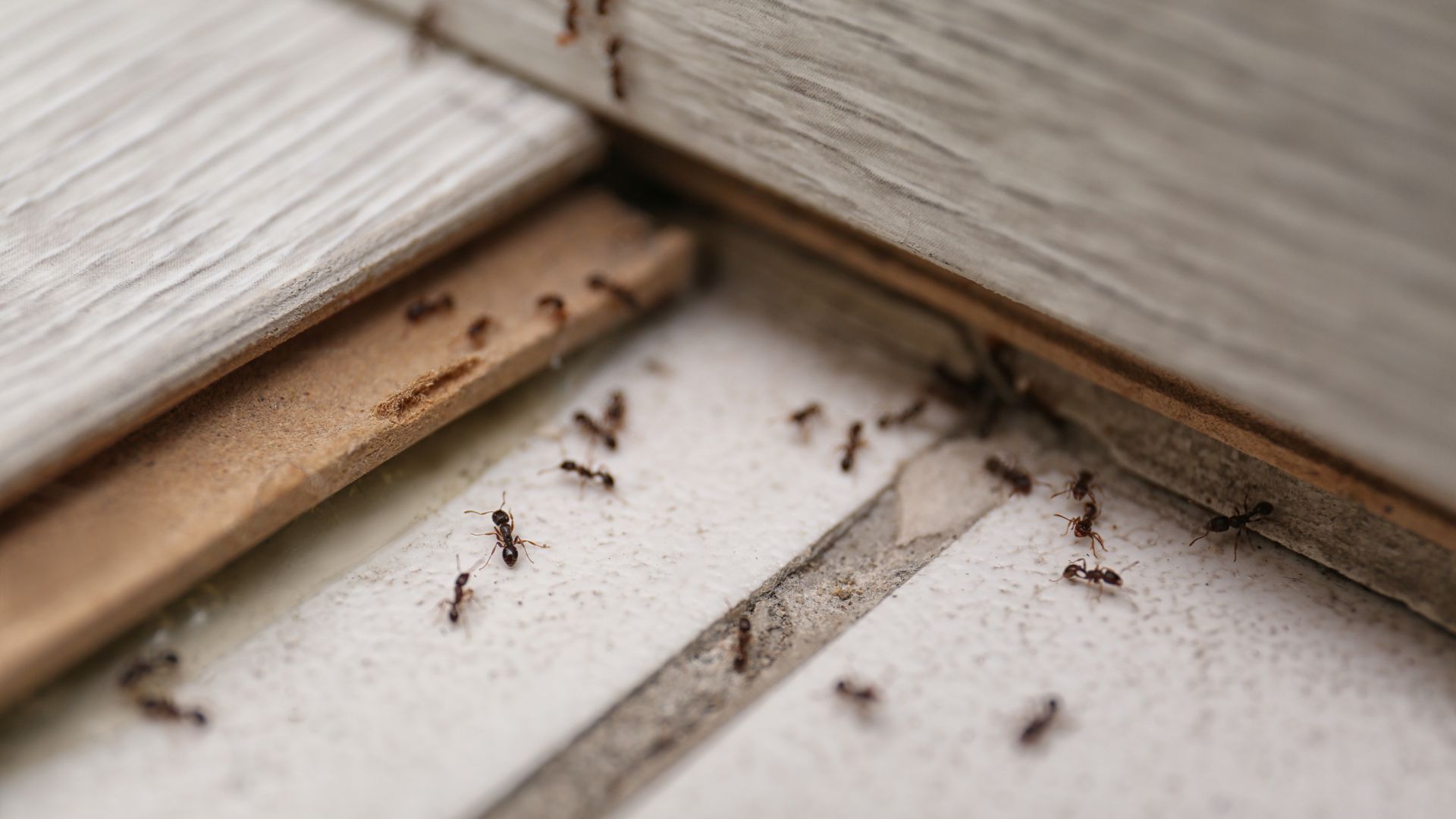The Hidden Battle of Las Vegas “No See Ums”
As if Southern Nevada's scorching heat and relentless sunshine weren’t enough, the summer months bring an unseen menace: no see ums. These tiny biting midges have exploded in numbers, especially in areas near water sources, wetlands, and even shady corners of your backyard. While you might not see them, you'll definitely feel them — and that's the problem. No see ums (often called sand flies or biting midges) and their more familiar cousin, the mosquito, are not just a nuisance, but they pose real challenges to your comfort and health. In this blog, we will dive into their biology, control strategies, and what you can do when they swarm you.
What Are No See Ums?
No see ums (genus Culicoides) are tiny, blood-sucking insects. Typically measuring between 1/16 and 1/8 of an inch, these little creatures are so small that you may not notice them until you feel their bite. These bites can cause intense itching and swelling, often leaving behind red, welts.
Their Biology and Behavior
No see ums thrive in humid, moist environments, especially in areas with still or slow-moving water. They're often found in marshy areas, around irrigation systems, and near lakes or rivers. Unlike mosquitoes, which are drawn to warmth and carbon dioxide, no see ums are more attracted to the body heat and odors from sweat. This makes them particularly active during dawn and dusk, when human activity is at its peak. They are most active during the warmer months but can survive in temperate environments.
Where Are You Likely to Encounter Them?
In Southern Nevada, no see ums are becoming more common due to increased urbanization near natural water sources and irrigation. You’re more likely to run into these pests in areas with dense vegetation, shady spots near water, or places with heavy irrigation. Even after rainfall, no see ums thrive in moist conditions. Places like golf courses, parks, and green spaces are prime habitats for these pests.
Key Areas to Watch:
Near lakes, rivers, and ponds
Irrigation channels and drainage ditches
Coastal or marshy areas (less common but possible near the Vegas outskirts)
Gardens or areas with overwatering
Lawns and grassy areas, especially during humid, wet conditions
Control Strategies: How to Fight Back
Fighting no see ums requires a combination of personal protection and environmental control. Here's a practical approach to deal with the problem.
1. Personal Protection
Repellents: Use insect repellents containing DEET, picaridin, or oil of lemon eucalyptus. These chemicals are effective at keeping no see ums away from your skin. Apply them to exposed skin and clothing, focusing on areas like your ankles, wrists, and the back of your neck.
Wear Protective Clothing: Long sleeves, long pants, and even netting over your face can provide protection if you're venturing into areas where no see ums are rampant. Light-colored clothing is better than dark because it makes it harder for insects to locate you.
Avoid Dusk and Dawn: Since no see ums are most active at these times, avoid outdoor activities during their peak hours.
2. Environmental Control
Reduce Moisture Sources: Since no see ums breed in moist environments, eliminating stagnant water and improving drainage around your home can help. Fix leaks, empty containers that hold water, and ensure that your irrigation system is working efficiently.
Use Bug Zappers and Traps: Install UV light traps around the yard. These attract and kill flying insects like mosquitoes and no see ums. While not a perfect solution, they can help reduce the population in your immediate area.
Install Screens: If you’re experiencing no see ums in your home, make sure your windows and doors are fitted with tight mesh screens. Even the tiniest gaps can let these pests inside.
3. Professional Pest Control
If you're dealing with a large infestation, or if your own efforts aren't enough, consider contacting Anderson Pest Control, your local Las Vegas Pest Professionals. Our team can offer treatments that target the larvae and pupae stages of the no see ums, breaking their life cycle and cost effective, specialized treatments to reduce the adult stages too.
What to Do When Attacked by a Swarm
No see ums can appear out of nowhere, especially when you're near their breeding grounds. If you find yourself under attack:
Get Inside: If possible, move to a more protected area like indoors or into a car with closed windows.
Use a Fan: No see ums are weak fliers. A powerful fan can help keep them away by disrupting their flight path.
Apply Anti-itch Creams: After being bitten, consult a dermatologist. They may recommend topical treatments like hydrocortisone cream or antihistamine lotions to reduce itching and swelling.
Avoid Scratching: It can be tempting, but scratching only exacerbates the bite and leads to more irritation or potential infection.
Conclusion: Stay One Step Ahead
While the explosion of no see ums in Southern Nevada is an annoying reality, there are plenty of ways to reduce their impact. By understanding their biology and taking preventative steps, you can avoid the worst of the bites and keep your outdoor spaces more comfortable. Whether you're using repellents, improving drainage, or seeking professional help, staying ahead of no see ums means less time itching and more time enjoying the great outdoors.
For more detailed control strategies, check out resources from the Centers for Disease Control and Prevention, and the Southern Nevada Health District for local pest control tips. Contact our pest professionals at 7026568898 24 hours a day, seven days a week.

